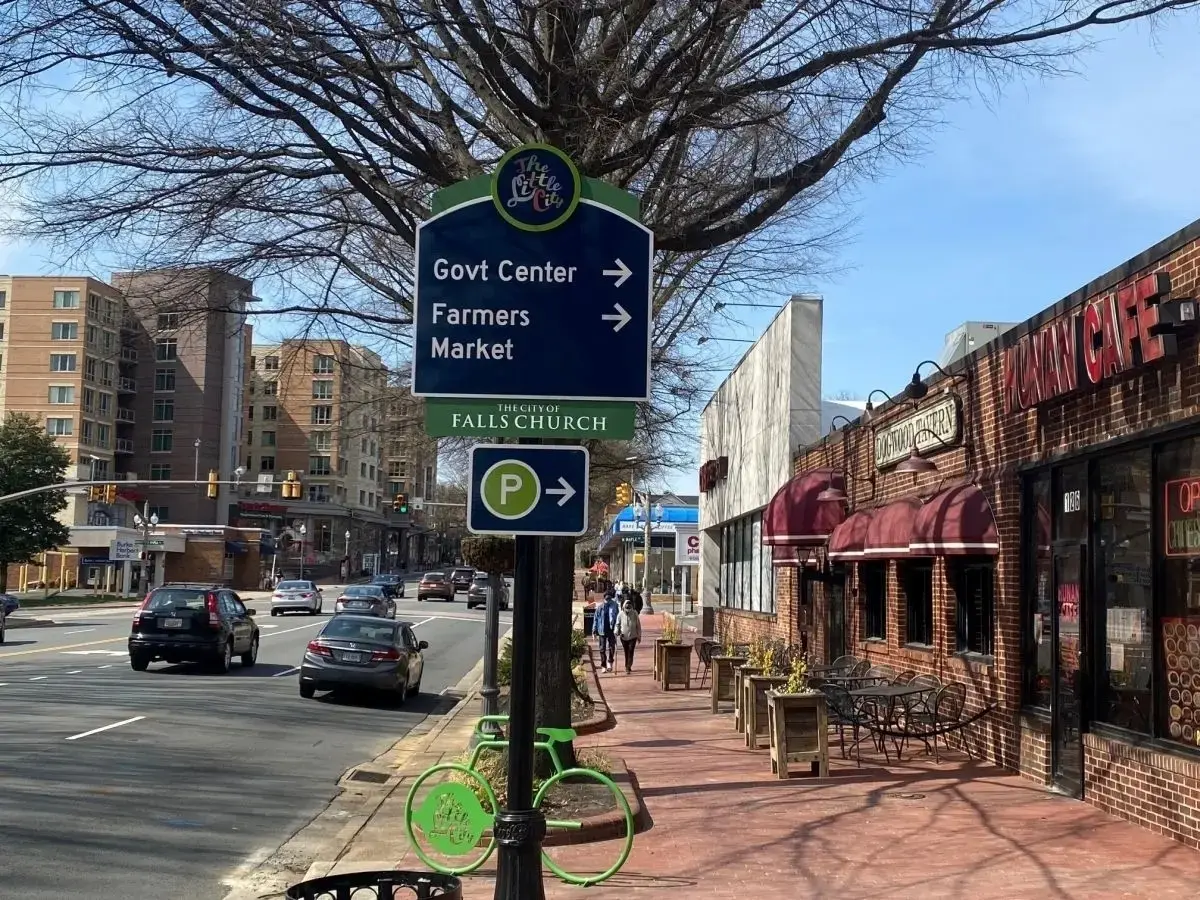Understanding Your Fireplace’s Smoke Signals in Falls Church, VA
The fireplace is a cozy and comfortable feature of many homes in Falls Church, VA, providing warmth during chilly winters. However, encountering smoke during fireplace use can be an alarming sign. Understanding your fireplace’s smoke signals is essential to ensure the safety and efficiency of your heating system. A&T Chimney Sweeps, a leading provider of fireplace, furnace, dryer vent, gutter cleaning, and repair services in Falls Church, VA, offers insights into the significance of these smoke signals.
Smoke from your fireplace can indicate various issues, ranging from minor problems that require simple adjustments to serious concerns that necessitate professional intervention. When you are aware of the smoke signals, you can take the necessary steps to ensure the longevity and safety of your fireplace.
Understanding Smoke Signals from Your Fireplace
1. Smoke in the Room
If you notice smoke filling your room instead of going up the chimney, it could indicate several issues. The most common reason for this is a cold or blocked chimney. Cold air is denser than hot air and can create a barrier, preventing smoke from rising. Similarly, a blocked chimney, due to creosote buildup or debris, can also inhibit the natural flow of smoke.
2. Smoky Odor When Not in Use
A smoky smell from your fireplace when it’s not in use is a sign of a dirty chimney that needs cleaning. Creosote, a byproduct of burning wood, can build up inside the chimney and produce a smoky smell. This buildup is not only smelly but also a fire hazard.
3. Thick, Dark Smoke
Thick, dark smoke coming from your chimney is a sign of incomplete combustion, indicating that your fire isn’t burning efficiently. This could be due to wet or unseasoned wood, insufficient air supply, or a too-large or too-small fire.
4. White or Clear Smoke
White or clear smoke is a good sign, indicating that your fire is burning efficiently. However, excessive amounts of white smoke could mean your wood is too green or wet.
5. Blue or Gray Smoke
Blue or gray smoke indicates that the fire is not hot enough and the wood is not burning completely. This could be due to insufficient air supply, wet wood, or a fire that’s too small.
Prevention and Solutions
Understanding these smoke signals is just one part of maintaining your fireplace. Regular maintenance and cleaning are essential to ensure efficient operation and prevent potential hazards.
1. Regular Cleaning: Regularly cleaning your fireplace and chimney can prevent creosote buildup, improving the efficiency of your fireplace and reducing the risk of chimney fires.
2. Use Dry, Seasoned Wood: Using dry, seasoned wood ensures cleaner and more efficient burning. Wet or green wood can lead to more smoke and creosote buildup.
3. Chimney Inspection: Regular professional inspections can identify any potential issues early, preventing major repairs and ensuring your chimney is safe and efficient.
4. Allow Enough Air Supply: Make sure your fireplace gets enough air to support complete combustion. This not only ensures efficient burning but also reduces smoke production.
5. Right Size Fire: Building a fire that’s the right size for your fireplace can prevent overproduction of smoke.
FAQs
Q1: How often should I clean my chimney?
A: The National Fire Protection Association recommends annual chimney inspections. Cleaning should be done as needed, typically once a year.
Q2: Is smoke from the fireplace harmful?
A: Yes, fireplace smoke contains carbon monoxide, a colorless, odorless gas that can be harmful or even deadly in large amounts. Always ensure proper ventilation when using a fireplace.
Q3: I see white smoke from my chimney. Is this normal?
A: White or clear smoke is generally a good sign of efficient combustion. However, excessive white smoke could indicate that your wood is too green or wet.
Q4: What should I do if I notice smoke in my room?
A: If you notice smoke in your room instead of going up the chimney, it could indicate a blocked chimney or inadequate air supply. Ensure your chimney is clean and there are no obstructions. If the problem persists, consider seeking professional help.
Understanding your fireplace’s smoke signals is crucial in maintaining a safe and warm home environment. Regular maintenance and inspections by professionals like A&T Chimney Sweeps can provide peace of mind and ensure the longevity of your fireplace.








